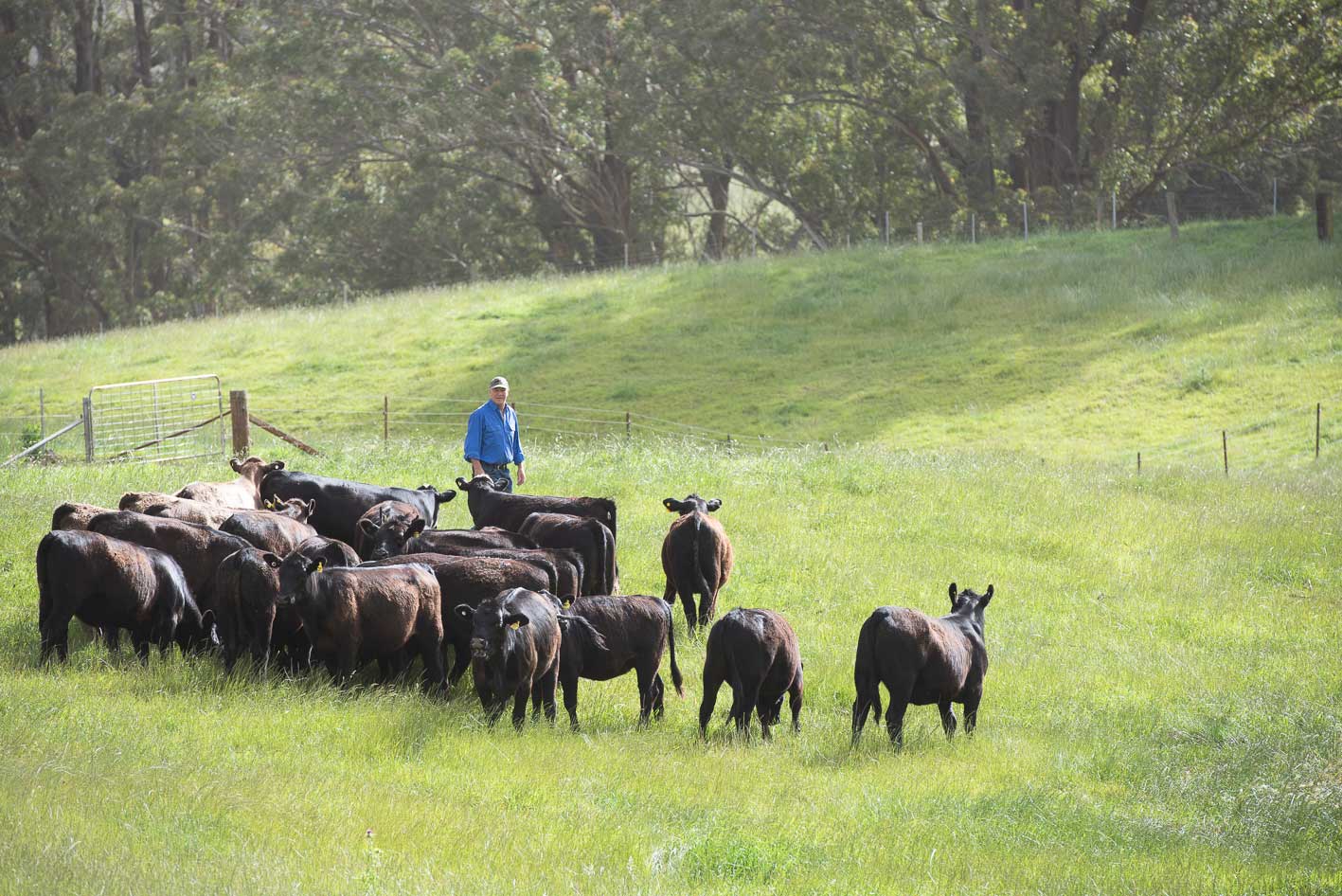On a rainy misty day like today it’s hard to believe it’s still only February and what an unpredictable, dangerous and devastating start to the year it has been. After months and months of drought, dusty paddocks and grave concerns about feed and livestock numbers, this weekend we got 677mls of rain and I lost 2 cows in the flood.
The combination of the drought, and the intensity of the bushfire season has seen tourists desert the Highlands and many other destinations this Summer. Local businesses are really suffering but we have seen the community pulling together and supporting each other where they can.
I decided a long time ago that a Farmer has to be an eternal optimist to survive and so I’m heading out today over previously parched and now soggy paddocks to ponder a return to good times. The grass is already responding, and a green flush covers the paddocks. The cattle have contentedly lowered heads and are chomping away amidst large puddles, this is something we haven’t seen in a long time.
The coming of rain always starts my mind racing with what needs to be done on the farm, namely maintenance and preparation for the months ahead. It is time to re-sow pastures that have failed because of the drought, lock up some grassy paddocks and keep keen eye out for any opportunist weeds who have been lying dormant, waiting for the rain to come so they can get stuck in to the paddocks. Weeds like thistles and blackberries and well as more dangerous varieties like Black Nightshade (poisonous to both cattle and sheep) if not properly controlled can take over from the nutrient rich grasses and impact animals and feed. Working on this now will mean good quality autumn and winter pastures for the livestock. Our hay and silage reserves are also low at the moment, but the rain should give us a boost.
I must also look to re-stock as our cattle numbers are lower than usual (of course I won’t be the only farmer thinking this, so I can expect an increase in cattle prices). When purchasing livestock for Laurel View it is very important to pace myself, make wise choices and plan ahead. The main things I look out for are:
Breed – our preferred breeds at Laurel View are Hereford, Murry Grey, Angus and their crosses as they fatten better and at a slower rate (this in turn leads to perfectly sized steaks)
Age – 9 to 12 months is ideal
Shape – I look for a thick shape, especially around the hindquarters where the best cuts are.
Temperament – finally, and importantly I look for a quiet temperament because calm and contented animals leads to tender, better tasting meat.
On my way home, I head over to check on the integrity of the fence lines and find an old gum has succumbed to the recent wild weather and is laying across the fence. Looks like I’ve found my job for the day, so I head back to collet my chainsaw, fuel, towing train and tractor – fingers crossed we won’t get bogged!


